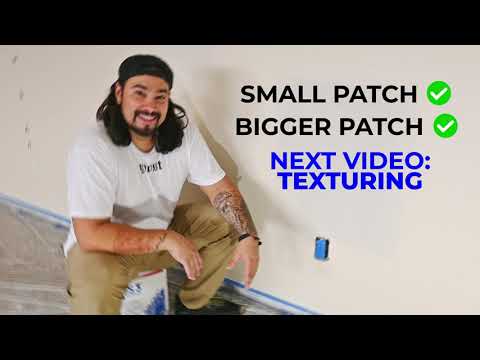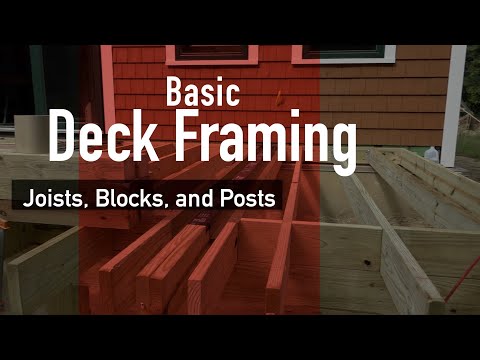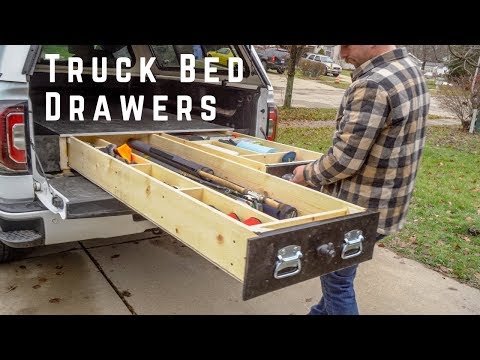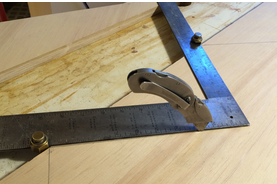This video from Trex Decking covers how to install Trex Signature® Deck Stair Railing Panels, which come in horizontal versions for standard deck railings and sloped ones for deck stair railings. After installing the decking, it's time to install the railings.
Trex signature panels are the answer to the customer's request for quick and easy installation. We've addressed most of this with our posts with pre-mounted brackets as well of our pre-assembled horizontal sections. One thing was still missing: our signature pre-assembled stair panels. Today, we're excited to announce the Trex signature stair panels. These are available in black with square balusters, 36 and 42-inch Heights, and six and eight-foot lengths.
As you'll see in this video from Trex Academy "How to Install Trex Signature Railing,” stair panel installation is virtually identical to horizontal panels, making the entire system half the assembly time as a traditional kit system.
Just to summarize, we now have a complete system: our posts with pre-mounted brackets for end line and Corner application, our pre-assembled horizontal panels, and our new pre-assembled stair panels. Together, this makes for a quicker and easier installation for the customer. Thanks for watching and enjoy this Trex Academy video.
Welcome to Trex Academy
Welcome to Trex Academy, where you can learn everything you need to know about building your deck project. This video covers the Trex signature panelized rail system. It goes through the components, and then we'll get into the installation.
This simple system's components are the posts with pre-mounted brackets, pre-assembled horizontal panels, and pre-assembled stair panels. Let's discuss our options for posts. Posts come in two lengths to accommodate 36-inch and 42-inch rail Heights. They also come in three styles: end Post Line posts and Corner posts.
Pre-assembled Deck Railing and Deck Stair Panels
Let's talk about pre-assembled horizontal panels. These panels come in black with square balusters, 36-inch and 42-inch Heights, and 4, 6, and 8-foot lengths with a top cap. Stair panels come in black with square balusters, 36-inch and 42-inch Heights, and six—and eight-foot lengths. Lastly, we have our signature stair rail fixed brackets.
We've already installed our posts with pre-mounted brackets. Now it's time to mark our railing panel.
Quick Pro tip to minimize the chances of scuffing or scratching on my metal rail, I like to put a little bit of painter's tape on the shoe of my saw. Now let's get our eye and ear protection in place, and we're ready to make this cut.
There's one more cut we need to make before setting our panel in place. Using a pair of snips, we're going to cut a small access window into the anti-rattle strip. This will allow access to fasten your screws through the top and into the bracket. We'll repeat this on both ends.
Before we install our panel, we want to add our anti-rattle adhesive strip to the bottom bracket. To set our panel, just line your top and bottom rail up with the brackets and set it into place using the window that we cut in the anti-rattle strip.
Attaching Deck Railing and Top Cap
It's time to attach our top rail to our bracket. Remember to adjust the clutch to a lower setting on your drill. Repeat this step on the other side, and our panel is secure. Next, it's time to install the top cap. The top cap will be the same length as the top rail, so let's go ahead and measure that.
It's time to attach our top rail cover. Simply set the cover on the top rail, align your ends, and tap it into place with a mallet once aligned. The final step to the panel install is adding your bracket covers to your brackets. The top covers are pretty flexible, so with a simple press, you can pop those into place. The bottom bracket covers are a little more rigid, with a tab on the back that sets into the bottom bracket.
Pro tip: with a tight space between your baluster and your post, it's helpful to set it in place and then use a piece of wood and a hammer to knock it down. There's not much to installing your post cap; just set it on top of your post, make sure it's level, and tap it into place.
Now, we're going to show you how to install our Trex signature stair panels. You'll notice stair panels differ slightly from our horizontal panels in that they have the ability to rack. What that means is they can change an angle to accommodate the angle of the stairs. You'll also notice our posts that are mounted here do not have pre-mounted brackets. That's because as you accommodate the angle of those stairs, the height of your brackets will change slightly.
Installing Deck Stair Railing Panels
To begin your installation, locate a piece of scrap decking and cut it to where it fits snugly in between your posts, running along the nose of your stairs slightly to favor the inside of your post. This is going to serve as your platform to set your panel for marking, and it will make sure that your brackets are at the right height.
Now that we have our scrap deck board in place, it's time to set up our panel. We do this by putting our rail section on top of the deck board and racking the railing. When we're racking, we look for two things: equal spacing between the baluster and the post on each end and making sure that the baluster runs parallel with the post.
Once we've accomplished these things, it's time to clamp in place, and we're ready to Mark and measure. Now that our panel is clamped into place, it's time to verify equal baluster-to-post spacing on each side.
It looks like we're in good shape. Now, let's mark our panel and our post to get my bracket's location. I need to Mark where the bottom of this rail intersects my post. I'll repeat that at all four locations.
It's time to Mark our rails for cutting. When we're cutting our rails, we're going to cut them straight, not at an angle. The brackets are big enough to cover the cut, so you don't have to be exact when marking these rails. We're going to Mark the rail at the top on the bottom, and we're going to Mark the rail at the bottom post on the top.
We've marked our posts for brackets, we've marked our rail for cuts, and we're ready to take our rail over to the saw horses and prepare for cutting. Remember, we want to make our cut straight, not at an angle. This will eliminate the risk of running our saw into one of our balusters. That's why I like to straighten these panels out before making our cuts.
At each Mark, we want to measure a quarter of an inch towards the inside of the rail, which takes into account the thickness of the bracket. Now, I'll take my speed square and transfer my mark.
Using our circular saw with a fine-tooth blade, let's go ahead and make our four cuts.
We've already marked our post where our bracket needs to be. Now, using our speed square, we're just going to extend that mark. We're going to center our bracket on the post. You want to place the bottom of your bracket on top of the line. With my pencil, I'll mark the holes on my post. I find it easier to mark my holes and then pre-drill than to leave the bracket on the post and drill.
With our 7/64 spit, let's drill our pilot holes. Using your stainless steel screws provided, go ahead and fasten your brackets to your posts. Remember to set your clutch to a lower setting. I'll repeat that process at the three other locations.
Now that our brackets are in place, it's time to set our stair panel into the brackets for fastening. To do this, we want to again rack our panel to accommodate the angle of the stairs and set our panel into place. Before fastening, we want to check one more time to make sure our spacing is equal between our top and our bottom posts. With these self-tapping screws provided, drill through the side of the bracket and into the rail.
With the rail in place, I can now add my bracket cover. With a little bit of pressure, it will go right into place. To finish our install, we're just going to add our top cap to our post. Set your cap on your post level and tap it into place. If you get a scuff or scratch in your powder coating, you can order spray paint or a touch-up pen at shop.trex.com.
See more videos like this at Trex Academy











